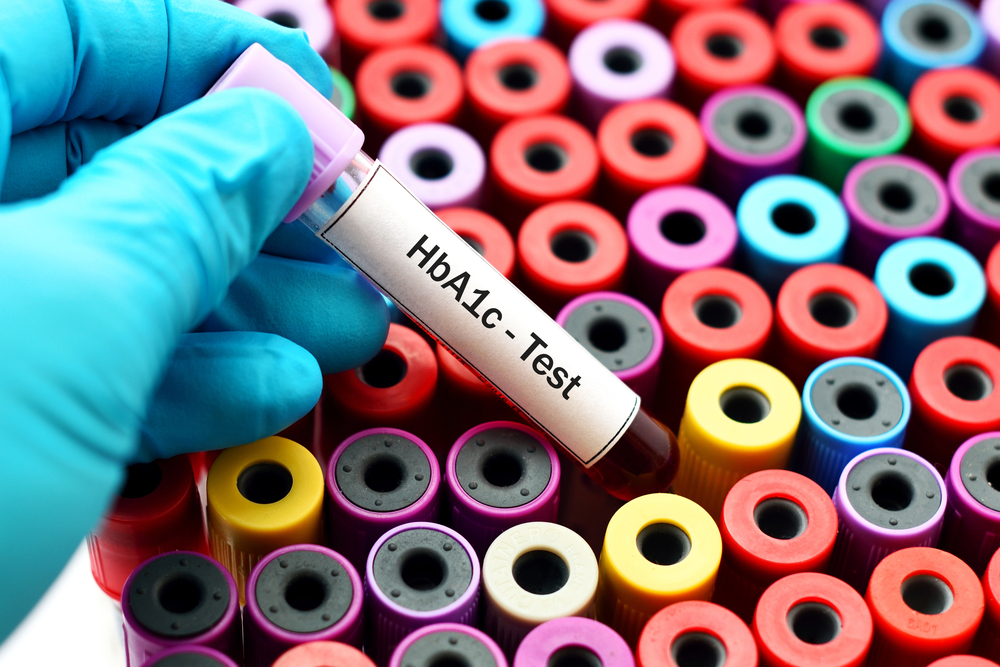Diabetic Ketoacidosis: Symptoms and Diagnosis

Diabetes, a condition marked by high blood sugar levels, can lead to various complications, one of which is diabetic ketoacidosis. This serious complication demands prompt attention and management.
This article explores the intricacies of diabetic ketoacidosis, its causes, and symptoms, focusing on the importance of early detection and treatment.
What is diabetic ketoacidosis?
Diabetic ketoacidosis (DKA) is a severe complication of diabetes, primarily occurring in individuals with type 1 diabetes, but it can also affect those with type 2 diabetes in certain situations. It is characterised by extremely high blood sugar levels and the presence of ketones in the urine or blood.
This condition arises when the body, due to a lack of sufficient insulin, begins to break down fat as an alternate source of energy, leading to an accumulation of ketones, acidic compounds that can dangerously alter the body’s internal environment.
Diabetic Ketoacidosis is marked by a combination of hyperglycemia (high blood sugar) and metabolic acidosis (increased acidity in the blood). Early diagnosis and treatment of diabetic ketoacidosis symptoms are crucial to prevent serious health consequences.
What are the Causes and Risk Factors of Diabetic Ketoacidosis?
Understanding the causes and risk factors of diabetic ketoacidosis (DKA) is essential for the prevention and effective management of this serious condition. Some of these include:
- Missed Insulin Doses: Skipping insulin injections is a primary cause in individuals with type 1 diabetes, leading to a critical shortage of insulin.
- Infections or Illness: Infections, particularly urinary tract and respiratory infections, can increase the risk of DKA by elevating stress hormones that counteract insulin’s effects.
- Undiagnosed or Newly Diagnosed Diabetes: People who are unaware they have diabetes, or those recently diagnosed, are at higher risk due to a lack of effective glucose management.
- Other Stressful Medical Conditions: Conditions such as heart attack, stroke, or trauma can precipitate DKA, especially in individuals with existing diabetes.
- Poor Diabetes Management: Inconsistent management of diabetes, including irregular blood glucose monitoring and an unbalanced diet, can lead to DKA.
- Certain Medications: Some medications, such as corticosteroids and diuretics, can increase blood sugar levels, potentially triggering diabetic ketoacidosis.
What are Diabetic Ketoacidosis Symptoms?
Recognizing diabetic ketoacidosis symptoms is crucial for prompt treatment and management. These symptoms often develop quickly, sometimes within 24 hours.
- As the body tries to rid itself of excess glucose, it leads to dehydration, causing intense thirst and frequent urination.
- High blood sugar levels. This can easily be detected through home blood glucose testing.
- As a result of the body breaking down fat for energy, ketones can be detected in urine.
- Nausea and vomiting
- High blood sugar levels can lead to extreme tiredness.
- Acidosis can affect breathing, leading to a rapid and shallow breathing pattern.
- Fruity-scented breath is a telltale sign and is caused by the presence of ketones in the body.
- High levels of ketones and blood sugar can impact cognitive functions, leading to confusion or difficulty concentrating.
- Abdominal pain due to the buildup of ketones.
- Dehydration and altered blood flow can lead to changes in skin appearance.
How is diabetic ketoacidosis diagnosed?
The diagnosis of diabetic ketoacidosis involves checking blood glucose levels, the presence of ketones in urine or blood, and the acidity level of the blood (acidosis). Health professionals typically conduct blood tests and urinalysis to confirm DKA.
It is critical for individuals experiencing diabetic ketoacidosis symptoms to seek medical attention immediately for proper diagnosis and treatment.
Managing Diabetic Ketoacidosis
Managing diabetes effectively is key to preventing diabetic ketoacidosis. This involves regular health check-ups, adhering to diabetic ketoacidosis treatment, diabetic ketoacidosis medication, and lifestyle modifications like a balanced diet and regular exercise. Stress management is crucial, as stress can trigger diabetic ketoacidosis.
Recognizing early ketoacidosis symptoms and maintaining regular blood glucose monitoring are essential for timely intervention. An emergency plan designed by a healthcare professional should be in place for rapid response to any signs of diabetic ketoacidosis.
Effective diabetes management entails understanding how different factors, such as food, exercise, and diabetic ketoacidosis medication, impact blood sugar levels. Regular blood glucose monitoring is essential, as it allows for timely adjustments in treatment to prevent high blood sugar levels that could lead to diabetic ketoacidosis.
FAQs
1. What are the first signs of diabetic ketoacidosis?
The early signs of diabetic ketoacidosis include frequent urination, extreme thirst, and high blood sugar levels. As the condition progresses, more severe symptoms, such as nausea and vomiting, may develop.
2. Can diabetic ketoacidosis occur in type 2 diabetes?
While more common in type 1 diabetes, diabetic ketoacidosis can also occur in individuals with type 2 diabetes, especially under stressful conditions or when diabetic ketoacidosis medication is not taken as prescribed.
3. How quickly does diabetic ketoacidosis develop?
The onset of diabetic ketoacidosis can vary. In some cases, it can develop over a few hours, while in others, it may take several days. Early recognition of ketoacidosis symptoms is key to preventing rapid progression.














